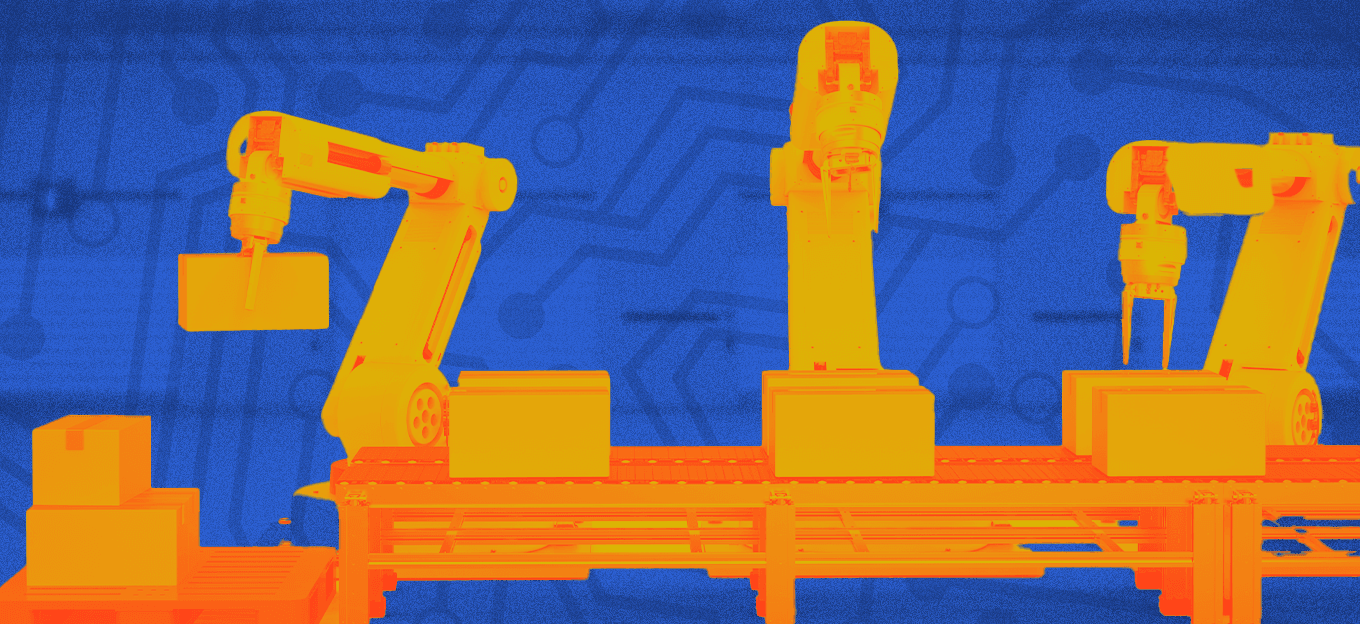IT and OT Convergence - The Inevitable Evolution of Industry
IT and OT Convergence - The Inevitable Evolution of Industry
- Last Updated: December 2, 2024
Guest Writer
- Last Updated: December 2, 2024



Information Technology (IT) and Operational Technology (OT) have a long, isolated history. Both developed along separate paths, with different goals, operating in completely different ecosystems.
The gap between these two critical elements hinders manufacturers in having necessary information on hand. The lack of proper information at the right time can get translated into wrong decisions and unreliable outputs. However, IT and OT won't remain isolated forever.
With the advent of the Industrial Internet, smart machines, and big data, manufacturers have started realizing the benefits of bringing IT and OT together in a connected factory. Manufacturers need to have a connected factory if they want to:
- Reap the benefits of big data.
- Gain information for better decisions.
- Optimize business processes.
- Minimize sudden machine failures.
- Reduce operational costs.
- Lower risks and shortened project timelines.
IT and OT Convergence
In today’s world, the factory is divided into two areas, IT and OT. The group that deals with the data processing and information in the factory, with the goal of maintaining the quality of manufactured products, is called IT. On the other hand, the entire manufacturing process is controlled and analyzed by OT for improvement.Historically, these two areas have worked independently, but the convergence of both areas can yield marked improvements across the entire factory.
Advancements and synergy can be created when OT is merged with IT. It enables a factory supervisor to monitor the operations and processes prior to the occurrence of any undesirable event. It speeds up production, minimizes time and energy consumption, and also reduces the cost of monitoring assets on the floor.
The Industrial Internet of Things (IIoT) is the result of this convergence. The convergence of industrial automation and communication redefines present factories and transforms them into the factories of the future.
Recently, the Industrial Internet of Things has quickly risen in importance with corresponding implications for data analytics in manufacturing. It’s important to capture machine and production line data which can be then used to make informed decisions. The more data being analyzed, the better the decisions that can be made. It also allows for fine-tuned production processes where resources are utilized at maximum efficiency and quality is ensured through constant monitoring.
How Companies Can Implement IT and OT Convergence
Let’s get this straight; merging IT and OT isn't an easy task. Merging these two areas requires well-defined, scalable standards that span from assets to data centers and vice-versa. It's also crucial that these standards are secure, otherwise critical and expensive operational assets can be vulnerable.All these concerns can be tackled by following the concept of "Enterprise Architecture". This architecture is a methodology that works in a top-down manner. The flow goes- organizational goals, strategy, vision, and business before delving into the technological specifics. This architecture allows the peaceful co-ordination of the two technologies in an operational field.
During the process of integrating IT and OT, manufacturers need to put effort into the initial stage. As an example, bringing It and OT together can give the factory crew live dashboards for the entire shop floor. These dashboard can report important information to relevant authorities on the premises. Issues like detecting unbalanced load on the production line and analyzing products that may be faulty can be tackled easily from one central control bay.
The Effects on Production Line Monitoring
The production line is said to be one of the most crucial areas in a factory. The production line also represents an incredible array and volume of data. This information can be efficiently utilized to monitor the shop floor.Information is usually the domain of IT, but information captured by sensors on the floor can be leveraged to detect and predict undesirable events before they occur in the production line, the domain of OT. When these streams of information are merged with the operations being carried out on the production line, the manufacturer can generate considerable profits.
Conclusion - IT and OT Convergence is Inevitable
The benefits of bringing IT and OT together are simply too great to ignore. Although it may be a slow transition, the transition is inevitable. CIOs and COOs must adapt to manage the operations that were once governed by separate departments.Written by Nilima Shah. Nilima is a Content Writer at Softweb Solutions. She is enthusiastic about reading and writing the latest tech buzz.
The Most Comprehensive IoT Newsletter for Enterprises
Showcasing the highest-quality content, resources, news, and insights from the world of the Internet of Things. Subscribe to remain informed and up-to-date.
New Podcast Episode

How Drones and Telecom Enable Aerial IoT
Related Articles





